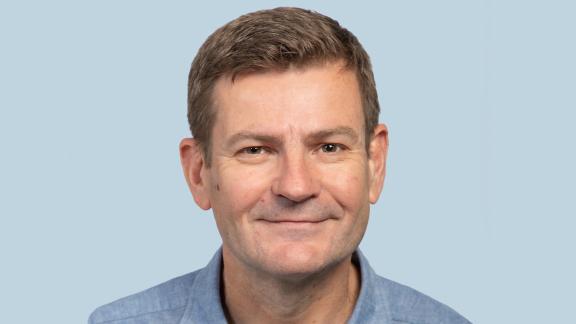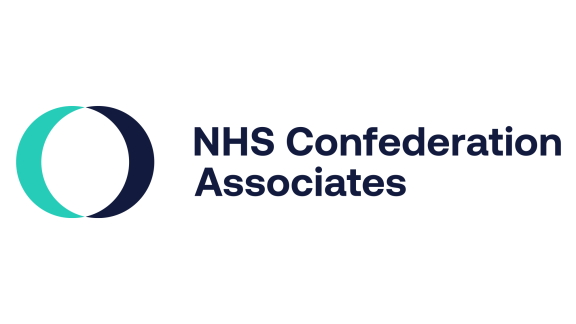What the H2 planning guidance means for elective recovery

While the new focus on elective recovery in the 2021/22 planning guidance reflects the public’s want for waiting times to be prioritised, we mustn’t lose sight of the implications on healthcare such as health inequality, pressures on an already hard-hit NHS workforce, and looming winter pressures.
There are a second set of issues that we could file in the ‘great, but’ column.
There is much that is good in the planning guidance released last week for the latter half of the financial year (H2). Continuity in the plan and direction that were set out for the first half of the year, to keeping objectives clear at a time of significant pressure. The important focus on supporting and protecting a fragile workforce. The unexpected and very welcome reduction on anticipated efficiency targets. Much of the direction set is sensible.
There are a second set of issues that we could file in the ‘great, but’ column. In our Manifesto for Recovery, NHS Confederation members asked for relatively small amounts of capital at pace to support the development of red and green pathways to manage both elective and emergency pressures over the winter period. Members warned that getting money at short notice in October would make it harder to invest as wisely. It sounds ungrateful to be criticising several hundred million pounds of capital investment in the NHS, but with notice members could have planned more and reduced waiting times still further. The real gains will come from clarity on the capital availability for 2022/23 to enable significant long-term investment in new, more efficient and innovative pathways, but that long-term view on capital investment is still missing.
Focus on elective recovery
The real shift in the planning guidance is the focus - not unexpectedly - on elective recovery, an issue that will become a defining one for the government in the run up to the next election. We know from polling earlier this year that voters are keen on a reduction in waiting times and that is what drives this, linked of course to the additional £5.4 billion investment in the NHS. We also know that every patient waiting for care is a person - a mother, father, child, carer, work colleague - and we should never lose this perspective. But it’s good to be clear exactly what the implications of this new direction are.
1. The instruction to remove all but exceptional outliers from the 104-week waiting list is absolutely clear.
Trusts will need to reinvest in traditional waiting list management techniques, and at least one leader recently spoke of ‘tailgunning’ waiting lists, with a focus on completing pathways wherever possible. The real pressure will come as the winter develops and a statistical bulge of long waiters, left over from the first wave of COVID-19, moves through the backlog.
In the latest available figures up until the end of July 2021, just under 8,000 people had been waiting over 104 weeks. By the end of March 2022, over 185,000 patients will need to be treated to have zero patients waiting over 104 weeks. The statistical bulge means that the number of patients going over the 104-week wait line each week increases very quickly, from hundreds at the end of July 2021, to well over 10,000 at points in 2022.
It remains to be seen whether this measure will introduce difficult conversations with clinical colleagues about prioritisation and reducing harm to patients. Keeping clinical colleagues engaged and included is critical this winter.
2. Setting September 2021 as the new baseline is important.
Establishing the September 2021 baseline means that there is a reduced incentive to reach out and find the people missing from lists.
Trusts and systems will be asked to maintain levels as at September 2021 where possible. In his first speech, the Secretary of State talked about the possibility of 13 million people on waiting lists, and it’s good to be upfront as to the scale of the issue. We know that over 7 million people are ‘missing’ from GP referral data, and we still don’t really know how many people will end up coming forward. What we do know, is that the people still missing from the lists come disproportionately from poorer communities. We know from the vaccination programme that health equity requires us to reach out proactively into communities disadvantaged by poverty or ethnicity. Establishing the September 2021 baseline means that there is a reduced incentive to reach out and find the people missing from lists.
3. It's good to be clear about the decision that has been made here.
We need to protect a fragile workforce. That is a priority. Growing lists too fast could stress that workforce to a level where sickness increases still further and where the NHS loses staff on the verge of retirement. Alongside this, the IPSOS MORI polling from April shows that the public value waiting times over health equality. This government has made a political decision to follow polling, and to focus on controlling waiting times at a politically expedient and simple to describe, level. The consequence is that the people missing from waiting lists, drawn disproportionately from poorer communities are the ones who will suffer, increasing health inequalities.
Looking ahead
As we move towards the most difficult winter the NHS is likely to experience, we need to keep a close eye on staff wellbeing, knowing what they are about to go through, and acknowledge the high levels of vacancy that the service is still carrying. The planning guidance is written in a way that prioritises staff and this is to be welcomed. And from politicians we need honesty that the recovery of elective standards is not just about throwing money at the issue and waiting for results. The elective and diagnostic recovery will not be complete by next March and clearing 104 week waits by March 2022 is just the start of a five-year project.
Rory Deighton is assistant director of North West at the NHS Confederation and will be taking the role of Senior Programme Lead for our Acute Network from 1 November. Follow them on Twitter @rory_deighton @NHSConfed



